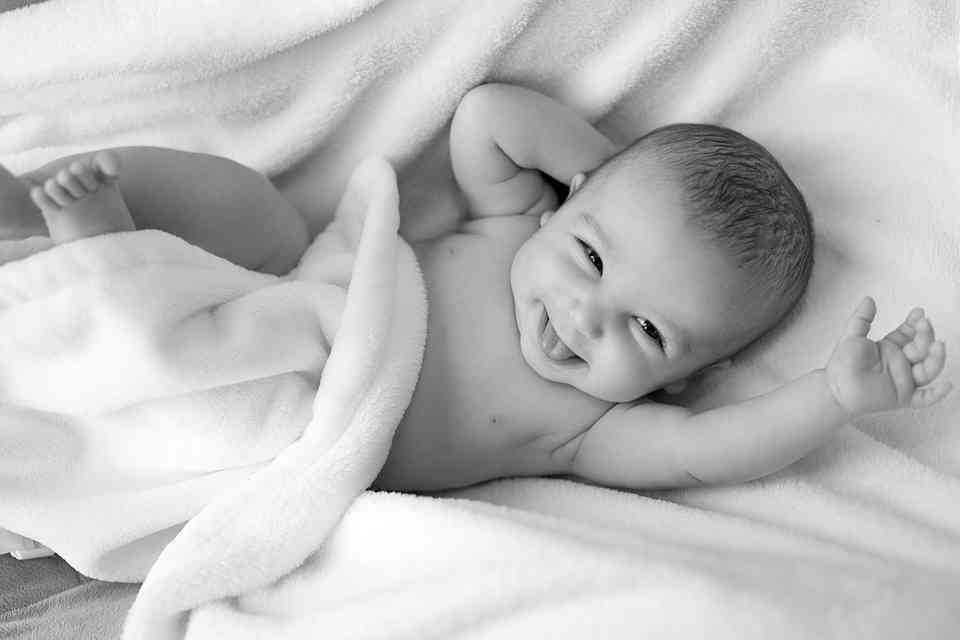Poem “You’re” remained a hot potato for critics when they did its critical analysis. In this poem Sylvia Plath addresses her unborn baby. Though she has seen a lot of complications in her life yet she seems very happy. Her attitude in this poem is not sad and gloomy but pleasant. She knows that the child is an obstacle between her and art even then she is cheerful and hopeful on his birth.
In those days, Ted Hughes has left her and she has to do everything single-handedly. A child could console her and could give her hope. The poem, in fact, is about the representation of woman’s emotions during pregnancy. From the imagery of the poem, it seems that the child has already been born. The poet has described each and every part of child’s body in clear-cut words. Critics agree that the poem is artistic illustration of feelings of every woman during pregnancy.
Click here to read “You’re” instead of its critical analysis;
Critical Analysis of First Stanza of “You’re”:
Poem starts with the word, “Clownlike”. The poet is using a simile to describe her child. She is feeling his presence in her womb and describes it in form of words. Some critics are of the view that sense of “clownlike” word is negative but it is not true. Complete line of the poem can clear everything. The poet writes; “Clownlike, happiest on your hands”. She has compared her child to a clown not to degrade him but to describe the happiness of her child. A clown always pretends to be happy. The child is also happy and giggling just like a clown. The simile has been used just to indicate happiness. Furthermore, a clown always entertains people. It is his job to satisfy every person, who is looking at him. Similarly, a child just like a clown makes his mother happy and gives her pleasure.
In next lines of the poem, numbers of similes have been used. The poet uses “moon”, “fish” and “spool” in order to describe physical appearance of her child. Child’s picture is in the mind of poet and she converts this picture into words.
Critical Analysis of First Stanza of “You’re” by Critics:
It has been written by an eminent critic during the critical analysis of “You’re” that:
“This means that either Plath was a really good guesser or she has composed the poem with hindsight after her baby was born.”
She is clear about her unborn baby. Perhaps, she can feel him in her womb. She compares her child’s face with a moon and explains her presence as “gilled like a fish”. Further, she thinks that her child is wrapped up just like a spool. She has described the position of child in her womb. The child has very less room and he cannot move nor can he fit there, therefore, he has wrapped himself just like a spool. The imagination of the poet is very impressive and is very much closed to reality. Everything is so clear that the readers can imagine how the child looks even prior to his birth.
The poet further writes; “trawling your dark as owls do”. These lines are ironic. We know that owls have good night vision and they do not trawl in the darkness. They can see in the darkness; the word trawling here means to search something thoroughly. A child may need to trawl in the darkness but owls do not need to do so. Perhaps she has used this simile to indicate that the child is in darkness even then he is happy. Next lines are about the completion of pregnancy tenure. From “July” to “Fool’s day” (1st April), the tenure of nine months is going to be completed; the poet is expecting delivery of her child in the month of April. She ends the stanza while using metaphor “loaf” for her child. Indeed, she is overjoyed and through word “loaf” describes prettiness as well as innocence of her child.
Critical Analysis of Second Stanza of “You’re”:
Next stanza starts with the words “Vague as fog”. It is also ironic; even after describing the physical appearance and condition of her child minutely, she has ambiguity about him in her mind. Perhaps, she has strong imagination due to which she knows about him but she is unsure about his condition/status. Until the birth of child, everything is unclear to the poet. Moreover, she has used the word “smog”, in which things do not becomes entirely invisible but remain unclear.
Child’s status is not invisible to her but the same is unclear. He is far away from the poet. She is waiting for him just like a person waits for a mail. She is curious to see him but has no other option except to just sit and wait. “Snug as a bud and at home” reveals that the child is quite safe and enjoying the warmth and comfort of his cozy abode. Next lines also contain similes and they are used just to clear the illustration of child. Every child seems “Jumpy as Mexican bean”, “Right, like a well-done sum” and “Like a sprat in a pickle jug” to his mother. According to a critic, there is nothing new in it. Children are born in this way.
Conclusion of Critical Analysis of “You’re”:
“You’re,” is the expression of joy and curiosity. A mother is imagining her child before his birth. She is curious to listen his giggling. She wants to play with him but she has to wait for a long time. The poem is not only the representation of feelings of Sylvia Plath but universal description of every mother’s emotions. Every simile used in the poem describes her unborn child in poet’s womb. Each object, metaphor and simile has a child like amusement in it. The poem is highly imaginative, emotional and creative.
Related Questions:
- Critically evaluate the poem “You’re” by Sylvia Plath.
